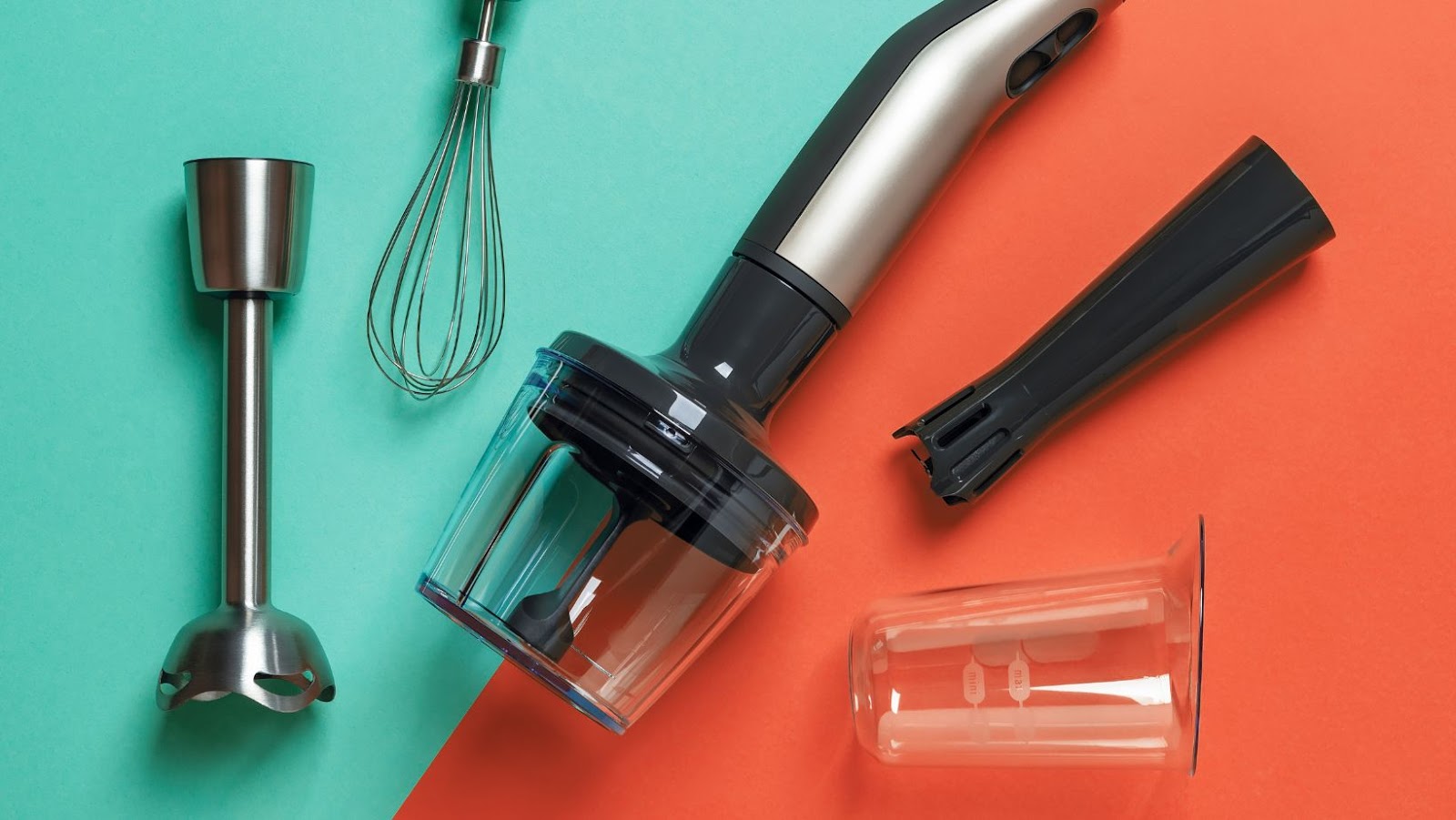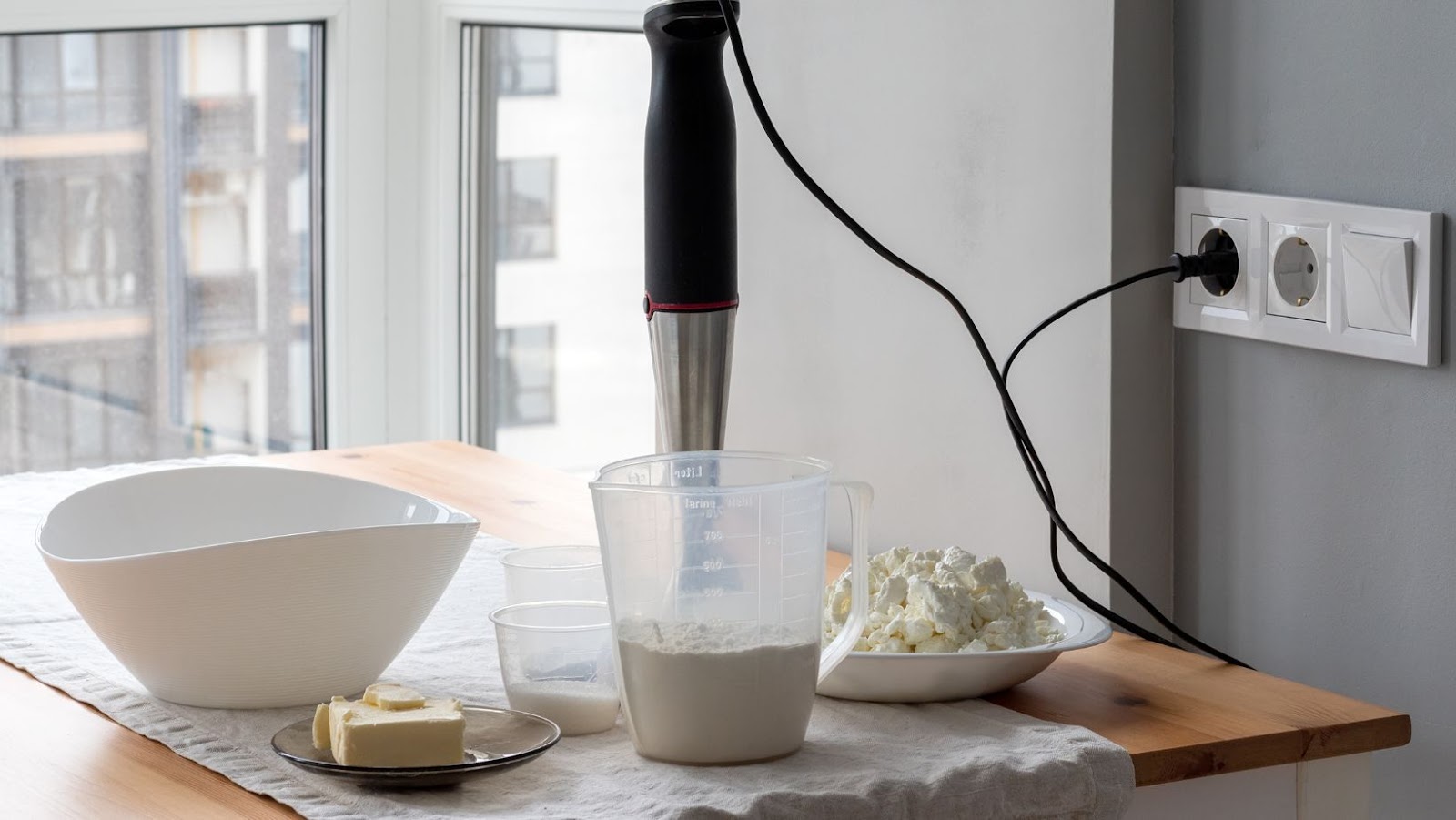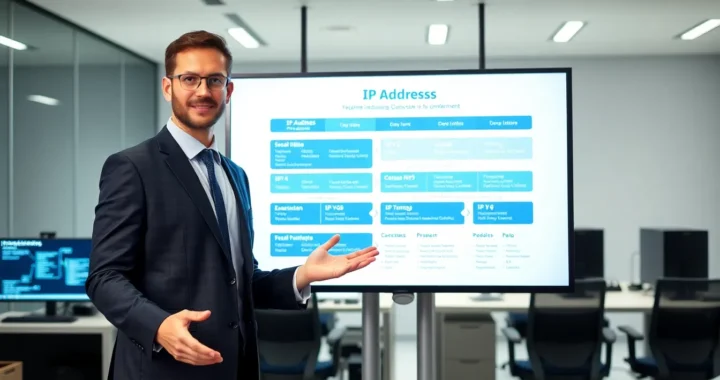
The Drawbacks Of An Immersion Blender
An Assessment of Using Immersion Blender and Food Processor
Immersion blenders and food processors are common kitchen utensils. Although they may serve similar purposes in some situations, there are distinct drawbacks associated with immersion blender vs food processor.
- Immersion blenders can’t handle all the tasks that a food processor can handle such as slicing vegetables, shredding cheese, or kneading dough.
- Using an immersion blender for too long can create heat which may cause the mixture to become excessively aerated and gain a loose consistency.
- The capacity of a food processor is much larger than an immersion blender and hence, can process more vegetables at once.
Additionally, immersion blenders are suitable for soups or sauces while food processors are ideal for making salad dressings or mixing doughs. Experts point out that overusing immersion blenders while making thick soups may decrease the durability of this kitchen gadget. Immersion blender manufacturers recommend operating the device for every 20 seconds and let it rest before repeating its use.
It should be noted that if you decide to use an immersion blender for longer periods than recommended by the manufacturer, there could be damage to your device. With regards to technical reviews shared by Wirecutter about top-of-the-line models in 2018, a few brands showed better performance than others.
Using an immersion blender is like hiring a personal DJ for your soup – they both perform beautifully, but one has the potential to splash a lot more.
Performance of Immersion Blender
To enhance the performance of your immersion blender over a food processor, this section explores the limitations of the immersion blender’s power, and its inability to process certain ingredients. Within this section of “The Drawbacks Of An Immersion Blender,” you’ll gain richer insights into the possible hindrances that come with using an immersion blender instead of a food processor while preparing your meals.
Immersion Blender vs Food Processor
Blender’s Insufficiency in Power
Immersion blender is a popular kitchen appliance, but it has some limitations when it comes to power. Below are the six points that highlight its limitations:
- It struggles while chopping or blending hard items such as ice and frozen vegetables.
- Being handheld, it is challenging to apply pressure without compromising on stability.
- The motor heats up quickly during extended usage.
- It may have difficulty achieving ultra-smooth consistency for items like purees and hummus if the motor isn’t powerful enough.
- Cannot perform heavy-duty tasks such as kneading dough, making nut butter, or crushing herbs like a countertop blender or food processor can do.
- If there is not enough liquid in the container, the immersion blender may suck air down into the blades, resulting in uneven blending.
To add to the above points, using an immersion blender requires more skill since users must control and maneuver it around during use without damaging any container walls. Additionally, users should always check their instructions manual for recommended mixing times as over-blending via an immersion blender can result in hot soup splattering everywhere due to aerated bubbles.
In one particular case, a home cook tried using an immersion blender to process cashew nuts for homemade almond butter. After scraping down what felt like dozens of times (due to butter sticking everywhere), they instead gave up and switched to their food processor which performed much better. Looks like my immersion blender has something in common with my ex – they both struggle to process nuts.

Inability to Process Certain Ingredients
The immersion blender may struggle to process particular ingredients due to its design and limitations. It is important to consider the texture, density, and size of the ingredients before blending. Certain tough or fibrous ingredients like kale or raw carrots may not blend smoothly and require pre-chopping or boiling. Large chunks of food may also cause clogging or uneven blending which can affect the overall quality of the dish.
One key point to note is that it is crucial to always use the correct blade attachment for each ingredient. Some blender attachments are better suited for specific tasks such as slicing, shredding, or pureeing. Using an incorrect blade can lead to a subpar result. Additionally, thick liquids like nut butters may pose a challenge as they tend to stick together and form clumps instead of evenly blending with other ingredients. In this case, it may be necessary to add liquid slowly while blending in short pulses.
It is important to remember that while the immersion blender offers convenience and versatility, there are certain limitations that need to be taken into consideration when using it for different recipes. Understanding its strengths and weaknesses will enable users to achieve optimal results.
In a real-life instance, a user attempted to blend chunks of frozen fruit with their immersion blender resulting in damage to the blades and motor. It is recommended that users avoid blending hard frozen food items without thawing them first as it can cause damage and decrease the lifespan of the appliance.
Who needs a personal trainer when you have a food processor to do all the heavy lifting for you?
Functionality of Food Processor
To expand the functionality of your kitchen, opting for a food processor over an immersion blender would be a wise decision. Wide range of capabilities and the ability to accommodate various blades and attachments are the key advantages. In this section, we’ll briefly introduce the topic and highlight the benefits of choosing a food processor over immersion blender.
Wide Range of Capabilities
As a highly versatile kitchen appliance, the Food Processor offers an impressive range of capabilities. From chopping and slicing to mixing and pureeing, this handy device can save precious prep time while also producing consistent results.
The following table showcases some of the standout features and functions of a modern Food Processor:
| Capability | Description |
| Chopping | Efficiently and evenly chops vegetables, nuts and other ingredients. |
| Slicing | Creates thin slices of food items such as fruits or meats using different speeds and thicknesses. |
| Grating/Shredding | Rapidly shreds cheese or other foods with varying levels of coarseness. Can also be used for grating vegetables like carrots or zucchini. |
| Mincing/Pureeing | Makes quick work out of creating smooth dips, sauces, soups or baby foods using high-speed blade rotation. Can also finely chop herbs or garlic for seasoning dishes. |
| Kneading/Mixing/Whipping | Makes baking tasks easier by quickly incorporating butter into pastry doughs or whipping cream to desired consistency for making desserts. |
Beyond these functions, many models come with additional attachments such as citrus juicers, blender blades, dough hooks, and more – further expanding their potential uses in the kitchen.
A major benefit of using a Food Processor is that it saves time and reduces hand fatigue compared to manually performing similar tasks, especially when dealing with large batches of ingredients. In addition to convenience, the ability to make precise cuts or uniform blends can greatly enhance the visual appeal of dishes – ultimately enhancing the overall eating experience.
For example: A culinary student named Maria who was looking for ways to improve her productivity while cooking invested in a good quality food processor. She was delighted by how easily she could mince garlic as opposed to crushing it by hand each time she needed it in her recipes – this simple change saved her valuable time without sacrificing flavor in her dishes. Who needs a Swiss Army Knife when you can have a food processor that accommodates all kinds of blades and attachments? It’s like having a culinary superhero at your service.

Accommodates Different Types of Blades and Attachments
The food processor can handle a variety of blades and attachments. It has the ability to accommodate different types of tools that cater to specific kitchen tasks like slicing, shredding, pureeing, chopping, and grinding. These tools also vary in shapes, sizes and materials which provide a more straightforward experience for the cook in processing ingredients.
For instance, here is a table of some common blades and attachments that the food processor can accommodate:
| Blade/Attachment | Description |
| Slicing disc | For consistent and precise slicing |
| Shredding disc | For shredding fruits and vegetables |
| Chopping blade | For finely chopping nuts or herbs |
| Dough blade | For kneading dough |
Aside from the functions mentioned earlier, most food processors have a pulse function that helps in achieving more control over how fine or coarse you want your ingredients. It also allows quick bursts of power without over-processing the food. There are even some machines specifically designed for blending smoothies, making cheese dips or hummus apart from its usual functions. The versatility and customizable nature of food processors remain unmatched despite new kitchen technologies.
According to Consumer Reports survey conducted in 2018 among 77,000 members, Cuisinart remains one of the top brands for producing quality food processors with high ratings on reliability.
Two kitchen tools, one question: Are you team smoothie or team salsa?
Comparison Between Immersion Blender and Food Processor
To understand which kitchen tool between an immersion blender and food processor is perfect for your needs, you need to compare their differences in design and usage. This way, you can weigh the pros and cons of each tool to decide which one suits your cooking style better.
Differences in Design and Usage
The distinctions in plan and usage between an immersion blender and a food processor are significant in the kitchen. An immersion blender is handheld, lightweight, and intended for smaller tasks that need mixing or blending. On the other hand, a food processor is a countertop appliance with various cutting blades and functions used for chopping, kneading dough, slicing or grating vegetables.
Below is a table highlighting some of the key differences between these two appliances:
| Design | Immersion Blender | Food Processor |
| Size | Compact | Larger |
| Usage | Mixing/blending liquids or soft solids | Kneading dough, chopping vegetables |
| Attachments | Removable blending head | Interchangeable blades |
| Capacity | Suitable for small quantities | Large capacities |
| Mobility | Handheld | Stationary |
While both of these kitchen gadgets have their unique functionalities, it is worth noting that an immersion blender is ideal for preparing soups, sauces and drinks since it can blend small quantities swiftly without creating much mess. On the other hand, food processors are suitable for preparing more comprehensive recipes like hummus, salsa or falafel due to their large capacity.
It was not until 1950 when Carl Sontheimer developed the first food processor known as Robot Coupe while working at his French catering business. The idea inspired him to produce a tool that could complete labor-intensive jobs swiftly so that chefs could free up time to experiment in the kitchen.
Choosing between an immersion blender and a food processor is like choosing between speed dating and a long-term relationship – it all depends on your needs and preferences.
Pros and Cons of Each Tool
In this informative and formal article, we’ll examine the advantages and drawbacks of both Immersion Blender and Food Processor.
To better elucidate the aforementioned topic, let’s take a look at the table below. It illustrates the pros and cons of each tool based on their specifications.
| Immersion Blender | Food Processor | |
| Pros | Easy to use and clean. | Can handle larger quantities of food. |
| Cons | Not suitable for tougher ingredients. | Cleaning can be a hassle due to several attachments. |
It’s worth mentioning that immersion blenders are great for making smoothies or soups, whereas food processors are fit for shredding, chopping or pureeing fruits or vegetables.
On a similar note, my friend had difficulty using an immersion blender to grind some nuts for her homemade peanut butter because it wasn’t powerful enough. She later borrowed a food processor from her mum, which did the job within seconds. In the battle between the immersion blender and the food processor, the winner ultimately depends on your needs, budget, and whether you value smoothies or salsa more.





